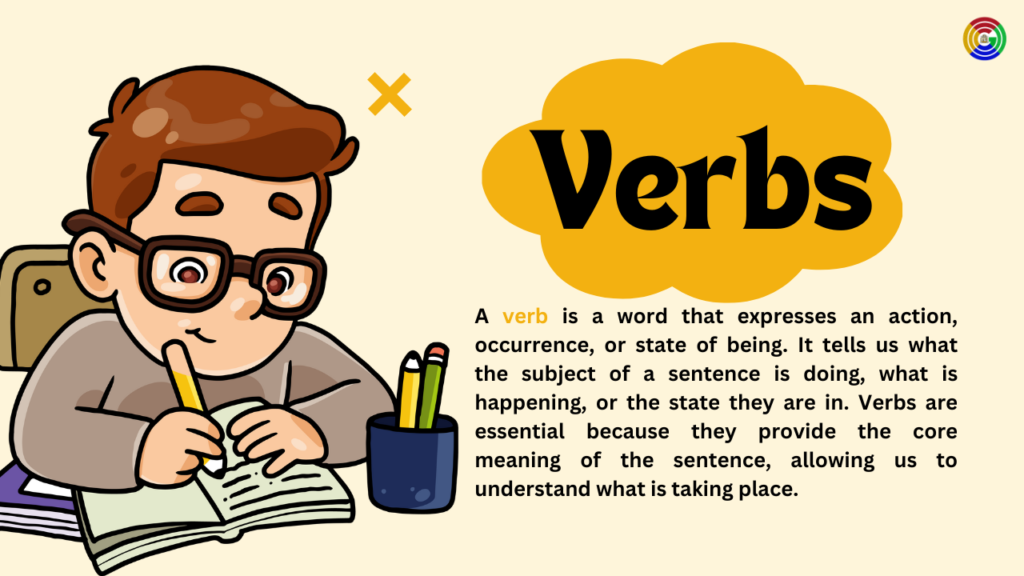Grammar is the system of rules and principles that govern the structure of sentences in any given language. It is the foundation that allows us to communicate effectively, ensuring clarity and meaning in our conversations, writings, and other forms of expression. Whether you’re writing an email, giving a speech, or reading a novel, grammar is at play in every linguistic act.
In simple terms, grammar is the study of how words combine to form sentences, how those sentences convey meaning, and how language can be used to communicate ideas effectively. It provides the guidelines for language usage, helping speakers and writers organize their thoughts coherently.
Definition of Grammar
Grammar can be defined as a set of structural rules that dictate the composition of clauses, phrases, and words in a language. The word “grammar” originates from the Greek word “grammatikē,” which means “the art of letters.” Essentially, grammar provides the rules that govern how a language is spoken and written.
While grammar can vary from one language to another, its fundamental purpose remains the same: to ensure that language users follow a consistent and understandable set of guidelines. This consistency is what allows us to express our thoughts, share ideas, and engage in conversations that make sense to both speakers and listeners.
Why is Grammar Important?
The importance of grammar extends beyond mere correctness. Good grammar can significantly impact the clarity and effectiveness of communication. Here are a few reasons why grammar matters:
- Clarity: Proper grammar ensures that your message is clearly understood. Misplaced punctuation or incorrect word order can lead to confusion.
- Professionalism: Good grammar enhances the professionalism of your written and spoken communication, especially in business, academic, or formal settings.
- Credibility: Correct grammar reflects attention to detail and seriousness, improving your credibility in both personal and professional communications.
- Consistency: Following grammar rules ensures a consistent structure, making it easier for others to understand and respond to what you’re saying.
- Efficiency: Good grammar helps avoid ambiguity and miscommunication, ensuring that your ideas are conveyed efficiently.
Components of Grammar
Grammar can be broken down into several essential components that define the structure and usage of language. These components include:
1.Phonology:
Phonology is the study of sounds in a language and how they are used to convey meaning. It deals with the way sounds function in specific languages and examines how sounds are organized and patterned.
2.Morphology:
Morphology is the study of how words are formed. It examines the structure of words and the ways in which they can be modified. For example, the word “run” can be changed into “running” or “runner” based on different grammatical rules.
3. Syntax:
Syntax refers to the set of rules that govern how words are arranged into sentences. It focuses on word order and how different parts of speech (such as nouns, verbs, adjectives, etc.) combine to form grammatically correct sentences. For example, in English, the sentence structure generally follows a Subject-Verb-Object (SVO) pattern, like “She (S) loves (V) pizza (O).”
4.Semantics:
Semantics deals with the meaning of words and sentences. While syntax is concerned with the structure, semantics focuses on the meaning conveyed by that structure. It ensures that sentences are not only grammatically correct but also meaningful.
5.Pragmatics:
Pragmatics is the study of how context influences the interpretation of meaning. It examines how language is used in real-life situations and how speakers understand one another beyond just the words they use. For instance, the phrase “Can you pass the salt?” is usually interpreted as a request rather than a question about ability.
6.Lexicon:
The lexicon refers to the vocabulary of a language. It encompasses all the words, phrases, idioms, and expressions that are used in a language.
Types of Grammar
There are different types of grammar that linguists and educators often discuss. These include:
1.Descriptive Grammar:
Descriptive grammar focuses on how people actually use language in everyday communication. It describes the rules and patterns observed in real-life language use, without judgment about whether it is “correct” or “incorrect.” Descriptive grammar is more flexible, allowing for variations and dialects.
2.Prescriptive Grammar:
Prescriptive grammar outlines the “correct” or “proper” way to use a language. It provides strict rules about language usage, often based on historical or classical standards. Prescriptive grammar is what we are traditionally taught in school, emphasizing correct punctuation, sentence structure, and word usage.
3.Traditional Grammar:
Traditional grammar refers to the system of grammar rules based on classical languages like Latin and Greek. It focuses on the formal aspects of sentence structure, parts of speech, and word formation. While traditional grammar is the foundation of most grammar education, it can sometimes be rigid, especially when applied to modern languages that have evolved over time.
4.Generative Grammar:
Generative grammar, developed by linguist Noam Chomsky, suggests that the ability to produce and understand sentences is inherent to the human brain. It provides a framework to describe the rules and structures that all languages share and how these can generate an infinite number of sentences.
5.Transformational Grammar:
A subfield of generative grammar, transformational grammar looks at how sentences can be transformed from one structure to another, such as turning a statement into a question. It explores the deep structure and surface structure of sentences.
Basic Grammar Rules
To ensure clear and effective communication, here are some fundamental grammar rules that apply to most languages:
- Subject-Verb Agreement: The subject and verb in a sentence must agree in number (singular or plural). For example, “He runs” (singular) vs. “They run” (plural).
- Tense Consistency: Maintain the same tense throughout a sentence or paragraph unless there is a clear reason to shift. For example, “She walked to the store and bought groceries” (past tense) should not suddenly switch to “is buying groceries” without context.
- Correct Use of Punctuation: Punctuation marks (commas, periods, exclamation points, etc.) clarify meaning. Misplaced or missing punctuation can change the meaning of a sentence. For example, “Let’s eat, Grandma” is very different from “Let’s eat Grandma.”
- Use of Articles: Articles (a, an, the) specify the noun and can affect meaning. “A dog” refers to any dog, while “the dog” refers to a specific dog.
- Pronoun-Antecedent Agreement: Pronouns should agree in number and gender with the nouns they replace. For example, “The boy lost his book” (not “their book”).
Conclusion
Grammar is much more than a set of rules; it is the framework that makes language functional and meaningful. By understanding and using proper grammar, we can improve our communication, enhance clarity, and ensure that our thoughts and ideas are effectively conveyed. Whether spoken or written, grammar is an essential tool that shapes language and influences how we interact with others.





